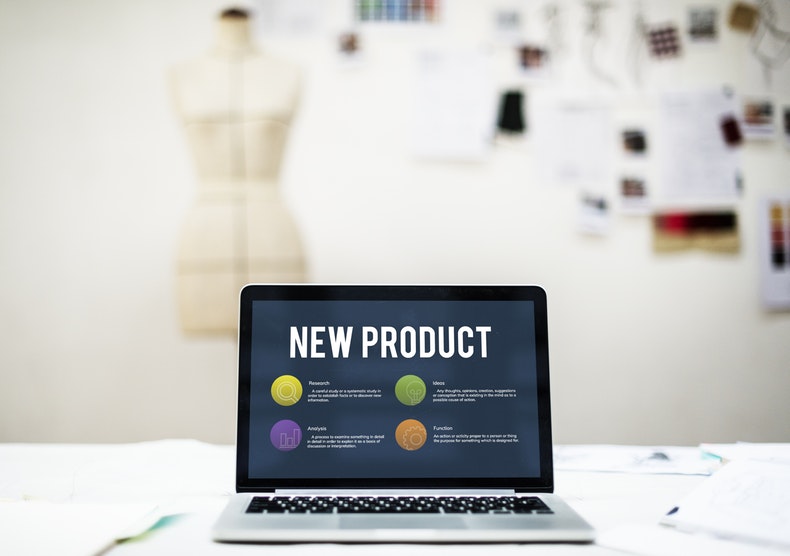One of the most useful pros of the prevalence of digital products is the ability to track customer behavior. Paper trails and in-store credit card purchases from the past have limits on what insights they provide. With digital products, companies can track their users’ entire product experience because it’s all online—from how long they spent researching before purchasing to their flow of clicks throughout the product.

Now, of course, the availability of digital product usage analytics isn’t the big selling point of data tracking. It’s what the data means and what it can do for your business that really matters. The importance of tracking this data, especially in the context of ‘Analytics for Manufacturing,’ allows you to get to know your users on a deeper level both efficiently and cost-effectively.
How to Analyze Product Usage
To build successful products, understanding both your customers and the manufacturing process is essential.
What you need is product analytics software. This software gathers data on a product’s digital users’ journey. Via straightforward numbers or graphs and diagrams, it provides insights on:
- Clicks
- Session Durations
- Exit Points
- Renewals
- Feature Usage
- Production Stages
- Quality Control
- Supply Chain Efficiency
Product analytics tracks users’ digital journeys while manufacturing tracking monitors production flow. Moreover, many tools offer surveying features. This allows you to gather direct feedback from customers about their experiences and opinions. By combining these insights, you can enhance your product, streamline production, improve user experience, and ultimately increase revenue.
Let’s dive into how to turn this data into actionable profit strategies.
What to Do with the Data
Once you’ve accessed your product’s usage data, it’s a good idea to make it available to everyone in your company who might benefit from it.
The product development team should utilize usage data to improve the physical product. This could be something as small as a graphic change because users weren’t responding well to the previous appearance or something more substantial like a feature that users requested.
Marketing teams should have access so they can narrow in on who the target market should be, or advertising messages that speak to what matters to the users—no more lost capital in guessing-game marketing campaigns.
Sales teams can utilize customer feedback regarding your product pricing and analyze market rates of products that are like yours. They can also use customer usage data to upsell certain additional features or sessions for those who seem like they might be interested.
Even customer support should also have access to user feedback specifically, so they know how to address common complaints. With programs that go beyond product analytics, for example, product experience software, you can manage each user’s personal information. Administrators and customer representatives can use this user information to build closer bonds with customers.
How to Improve User Experience with Product Usage Data
Leverage your users’ product usage data across departments to implement targeted improvements. While customer feedback is valuable, users’ actions often provide deeper insights. Understanding how they interact with your product helps you address issues that may go unnoticed.
For example, if users consistently abandon a page, it may signal confusion or misleading navigation. Identifying and correcting these problems ensures a smoother experience, preventing customer dissatisfaction and reducing the risk of losing them to competitors.
Conclusion
Product usage analytics are vital to a company’s success. How and when your product is used is valuable data that should be tracked over time. It can uncover areas for improvement and opportunities for your product, product experience, and company as a whole. So, with this knowledge, when are you going to make a move with product analytics software?











